Living with osteoarthritis can be challenging, affecting one's ability to carry out daily activities with ease. Simple tasks like standing up or getting in and out of the shower can become painful and difficult. However, there is a revolutionary solution that can transform the lives of osteoarthritis patients – grab bars.
In this article, we will explore how grab bars can enhance home safety and provide much-needed support for individuals with osteoarthritis. These specially designed bars offer stability and balance, reducing the risk of falls and injuries. With their sturdy construction and strategically placed installation, grab bars provide a secure grip, enabling patients to move around independently and maintain their sense of freedom.

We will dive into the various benefits of grab bars, including their cost-effective nature, ease of installation, and versatility in different areas of the home. Additionally, we will address common concerns and misconceptions surrounding grab bar installation.
By shedding light on the importance of grab bars in enhancing home safety for osteoarthritis patients, we hope to empower individuals and their caregivers with the knowledge to make informed decisions and improve their quality of life.
Understanding osteoarthritis and its impact on daily life
Osteoarthritis is a degenerative joint disease that primarily affects the cartilage in the joints. It commonly occurs in weight-bearing joints such as the knees, hips, and spine, causing pain, stiffness, and limited mobility. The impact of osteoarthritis on daily life can be significant, as it can make even simple tasks challenging and painful.
Individuals with osteoarthritis often experience difficulty in standing up from chairs or getting in and out of bed. The lack of stability and balance can lead to falls and injuries, further reducing their ability to carry out daily activities independently. The impact on mental well-being should not be overlooked, as the loss of independence and increased reliance on others can lead to feelings of frustration and helplessness.
The importance of home safety for osteoarthritis patients
Creating a safe and supportive home environment is crucial for individuals with osteoarthritis. Home safety measures not only reduce the risk of accidents and injuries but also promote independence and improve the overall quality of life. One key aspect of home safety for osteoarthritis patients is the installation of grab bars.
Grab bars play a vital role in preventing falls and providing stability for individuals with osteoarthritis. These bars are typically installed in areas where balance and support are needed the most, such as bathrooms, hallways, and stairways. By having grab bars strategically placed throughout the home, patients can confidently navigate their surroundings and carry out daily activities without the fear of falling.
Introducing grab bars: what are they and how do they work?
Grab bars are sturdy, metal or plastic bars that are securely attached to the walls in key areas of the home. They are designed to provide a reliable grip and support for individuals with mobility issues, including those with osteoarthritis. Grab bars come in various shapes, sizes, and styles to suit different needs and preferences.
The installation of grab bars is straightforward and can be done by a professional or as a do-it-yourself project. It involves identifying the appropriate locations for the bars, and ensuring proper attachment to the wall so that they are securely fastened. The benefits of using grab bars for osteoarthritis patients
The benefits of using grab bars for osteoarthritis patients are numerous and far-reaching. First and foremost, grab bars provide stability and balance, reducing the risk of falls and injuries. By having something sturdy to hold onto, patients can confidently perform daily tasks such as getting in and out of the shower, using the toilet, or navigating stairs.
Furthermore, grab bars enhance independence and promote a sense of self-reliance. They allow individuals with osteoarthritis to maintain their freedom and carry out activities without constant assistance. This, in turn, boosts their confidence and improves their overall well-being.
Additionally, grab bars offer peace of mind for both patients and their caregivers. Knowing that there are reliable support systems in place reduces anxiety and worry about accidents or falls. Caregivers can also feel reassured, knowing that their loved ones have added safety measures in their homes.
Different types of grab bars and their installation options
Grab bars come in various types and styles, each catering to specific needs and preferences. The most common types include wall-mounted bars, floor-to-ceiling bars, and suction cup grab bars. Wall-mounted bars are permanently fixed to the wall and provide the highest level of stability and support. Floor-to-ceiling bars are tension-mounted and can be adjusted to fit different ceiling heights. Suction cup grab bars are temporary, and can be easily installed and removed without the need for drilling or damaging the walls, but are often considered to be unreliable.
The choice of installation options depends on factors such as the individual's needs, the layout of the home, and personal preferences. It is essential to consult with a healthcare professional or an occupational therapist to determine the most suitable type of grab bars and their installation locations.
Tips for choosing the right grab bars for your home
When selecting grab bars for your home, there are several factors to consider. First, ensure that the bars meet the necessary safety standards and are designed specifically for individuals with mobility issues. Look for grab bars that have a textured surface or a non-slip grip to provide maximum traction. Additionally, consider the weight capacity of the grab bars to ensure they can support the individual's weight.
The length and positioning of grab bars are also crucial. Longer bars provide more surface area for gripping and can accommodate different hand placements. Install grab bars at heights that are comfortable and accessible for the individual. Consider installing multiple grab bars in areas where extra support is needed, such as near the toilet or in the shower.
How grab bars can enhance independence and reduce falls
Grab bars play a significant role in enhancing independence for individuals with osteoarthritis. By providing a secure grip and support, these bars enable patients to move around their homes with confidence and freedom. They can independently perform daily tasks and maintain their sense of self-reliance.
In addition to promoting independence, grab bars also reduce the risk of falls and injuries. Osteoarthritis patients often have decreased balance and stability, making them more susceptible to accidents. By having grab bars strategically placed throughout the home, individuals can prevent falls and maintain their safety.
Grab bars as a cost-effective solution for home safety
One of the notable advantages of grab bars is their cost-effectiveness. Compared to other home modifications or assistive devices, grab bars are relatively affordable and offer long-term benefits. The installation of grab bars requires minimal investment compared to more extensive renovations, making them an accessible option for many individuals with osteoarthritis.
Furthermore, grab bars can potentially reduce healthcare costs associated with falls and injuries. By preventing accidents and hospitalizations, grab bars contribute to overall cost savings for individuals and healthcare systems alike. The long-lasting durability of grab bars ensures that they provide value for money over an extended period.
Case studies: real-life stories of osteoarthritis patients benefiting from grab bars
To illustrate the transformative impact of grab bars on the lives of osteoarthritis patients, let's explore a few real-life case studies. These stories highlight how grab bars have improved the safety, independence, and overall well-being of individuals facing the challenges of osteoarthritis.
1. Sarah's Story: Sarah, a 65-year-old woman with osteoarthritis, struggled with getting in and out of her bathtub. After installing grab bars near the tub, she gained the confidence to enjoy a relaxing bath without the fear of falling. The grab bars provided the necessary support and stability, allowing her to maintain her independence.
2. John's Story: John, a 70-year-old man with osteoarthritis in his knees, found it increasingly difficult to stand up from his favorite armchair. By installing a grab bar next to the chair, he regained his ability to rise comfortably, reducing strain on his joints and preventing falls. The grab bar became a reliable aid that improved his daily life significantly.
Conclusion: improving quality of life with grab bars
In conclusion, grab bars have the potential to revolutionize home safety for individuals with osteoarthritis. These simple yet effective devices offer stability, balance, and support, enabling patients to carry out daily activities independently and with confidence. By reducing the risk of falls and injuries, grab bars enhance the overall quality of life for osteoarthritis patients, promoting independence, and improving mental well-being.
If you or a loved one is living with osteoarthritis, consider the installation of grab bars as an investment in safety and independence. Consult with healthcare professionals and occupational therapists to determine the most suitable types and locations of grab bars for your home. With the right grab bars in place, you can transform your living environment into a safe and supportive space that allows you to maintain your freedom and enjoy a higher quality of life.


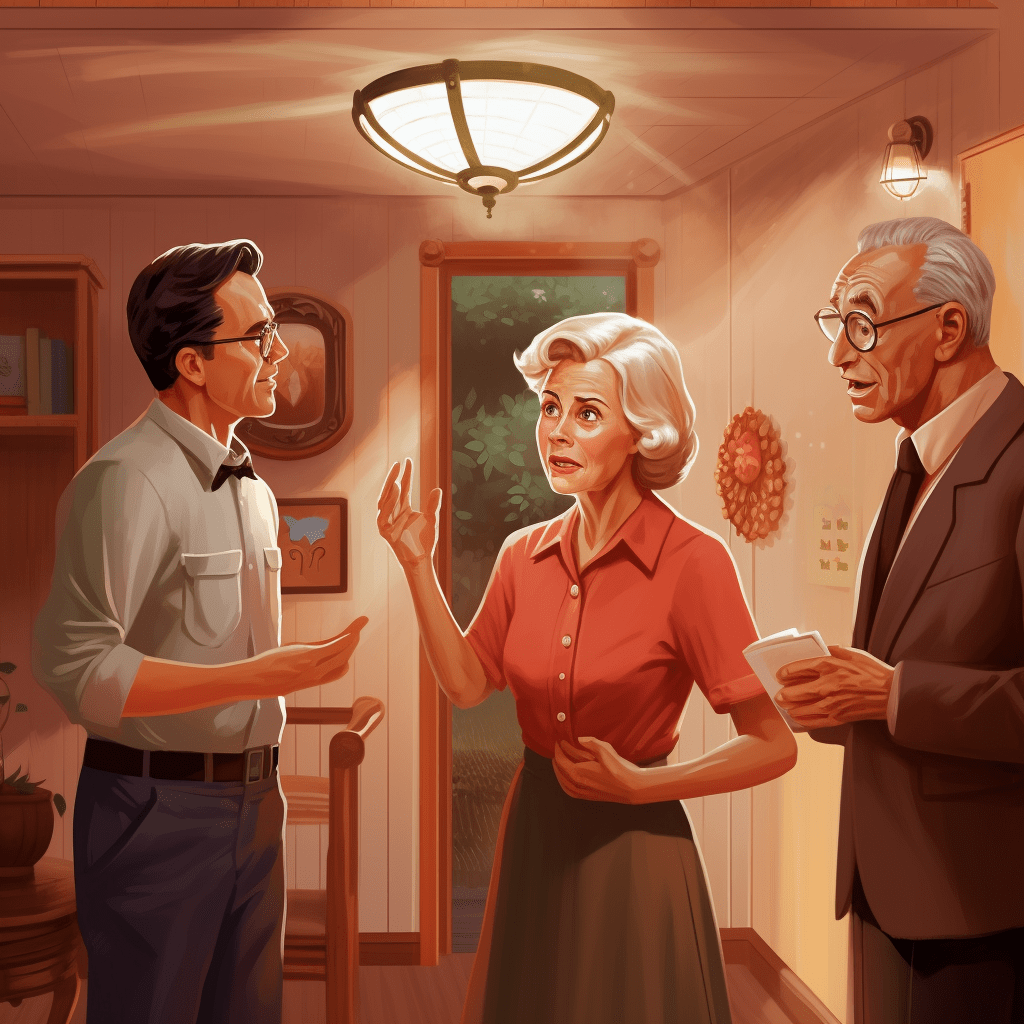

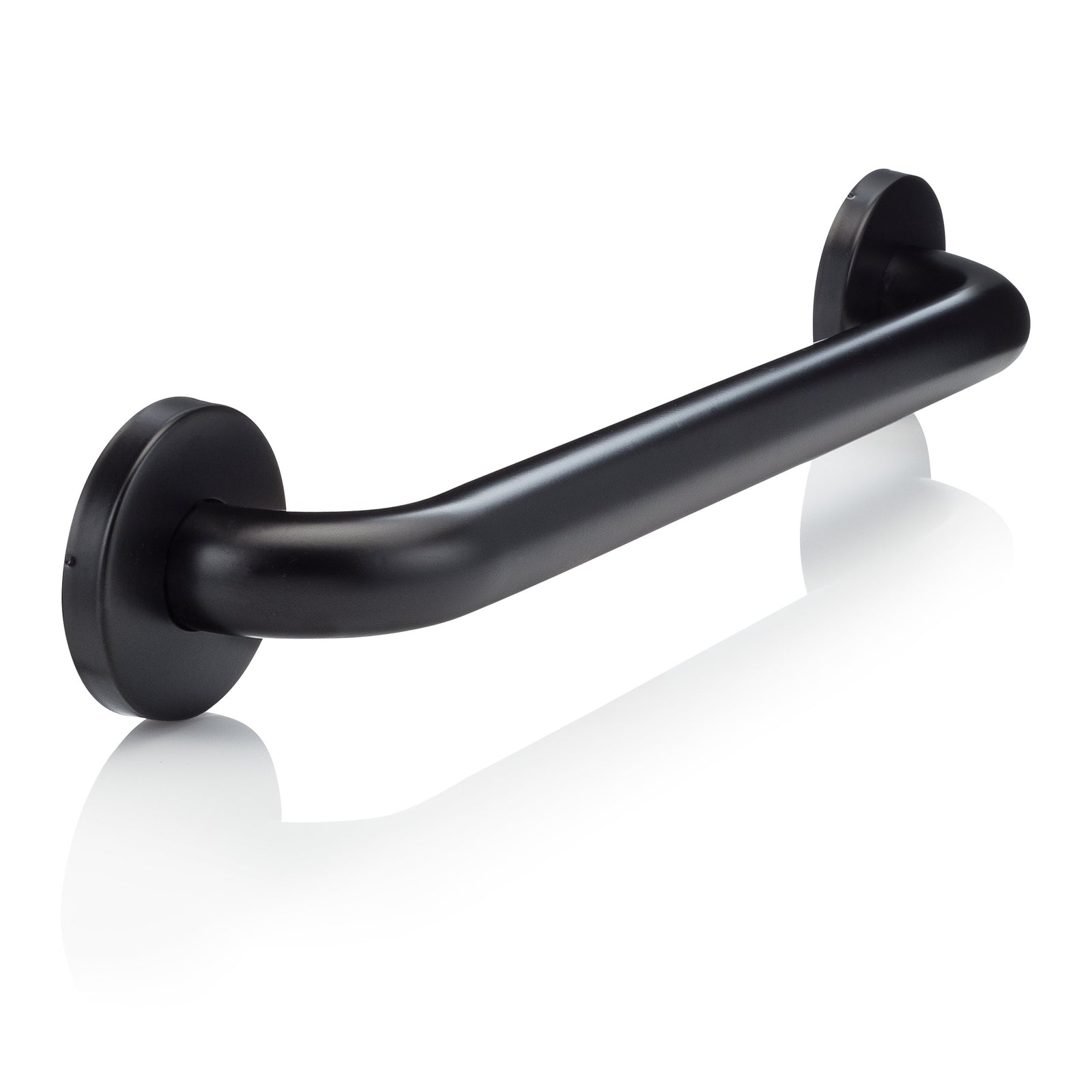
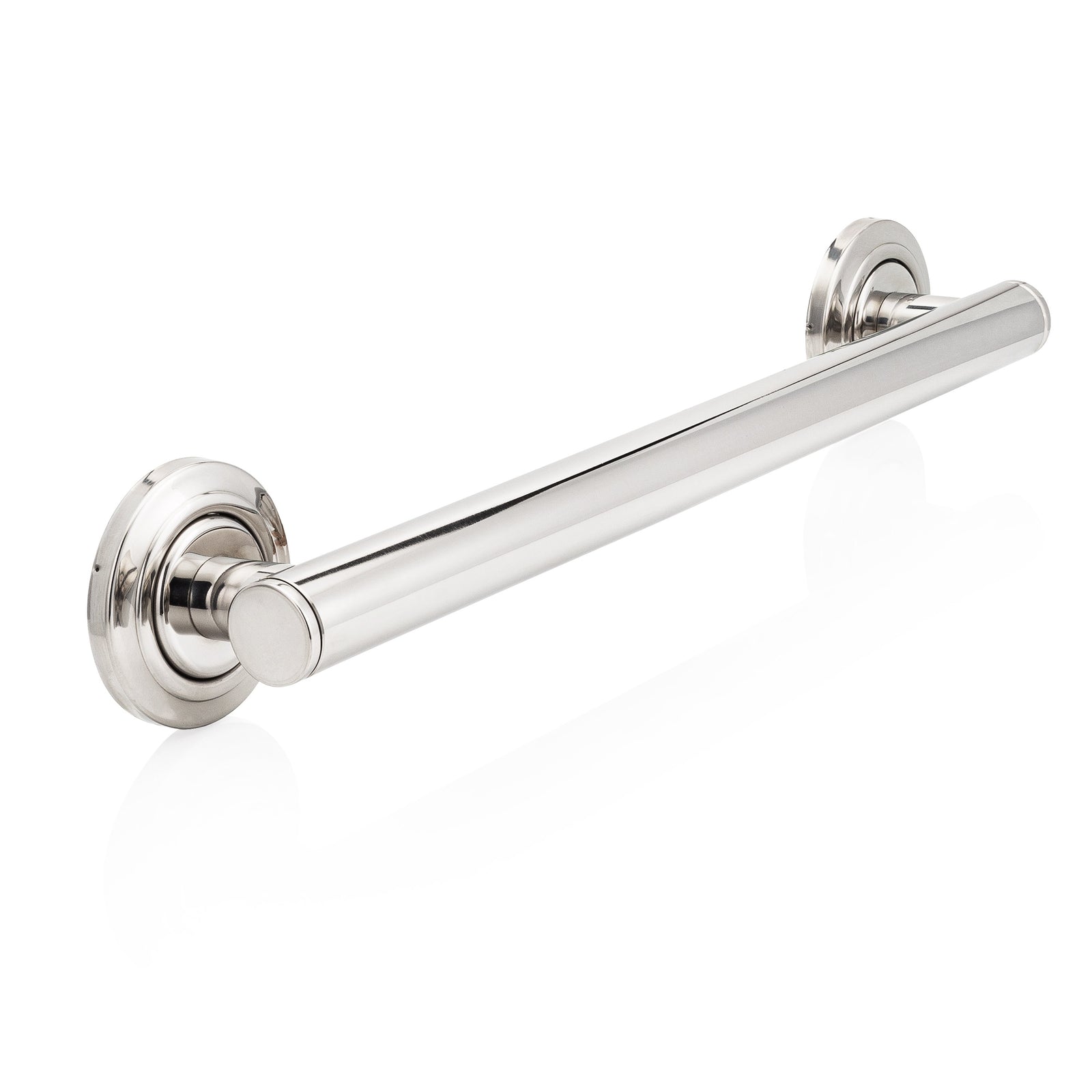
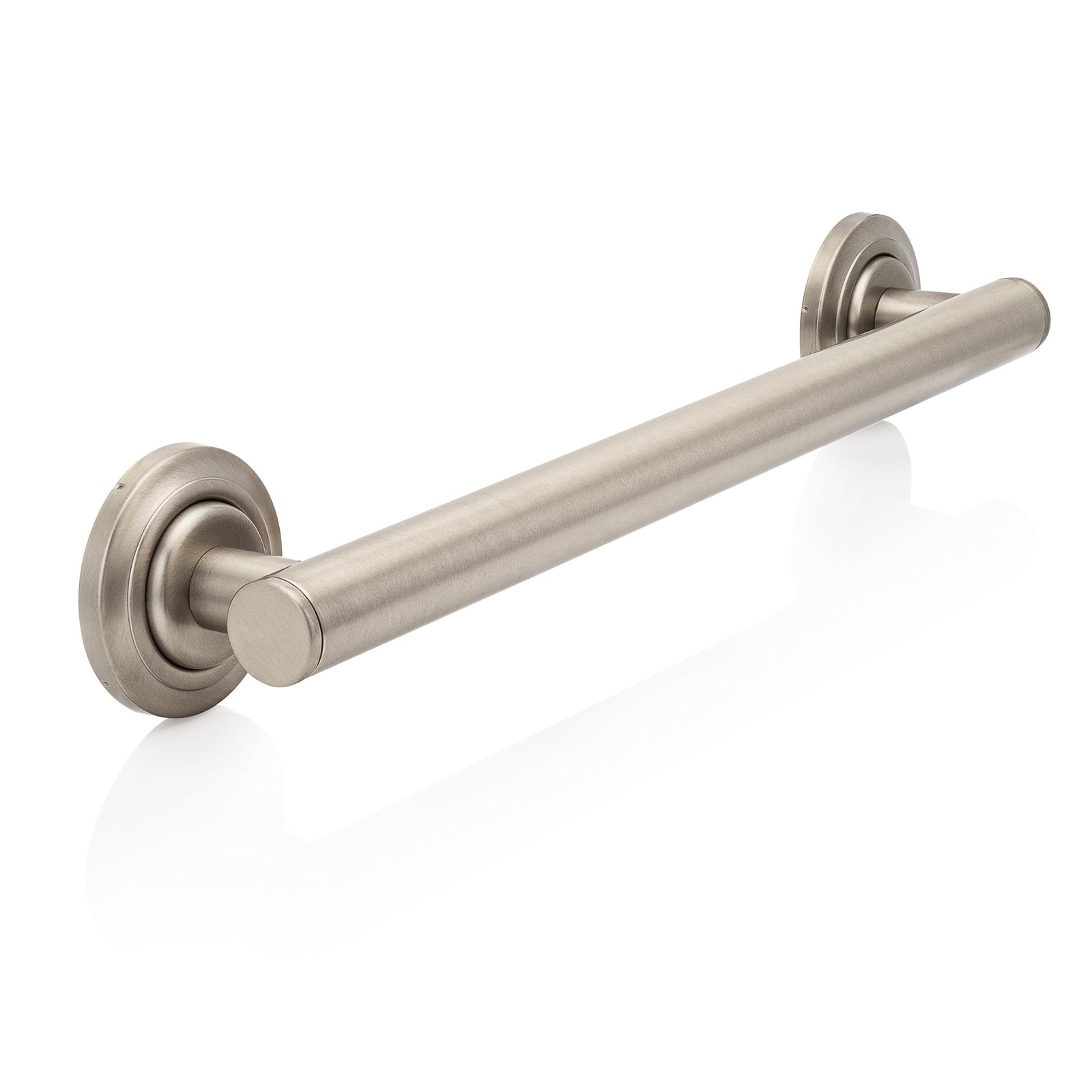

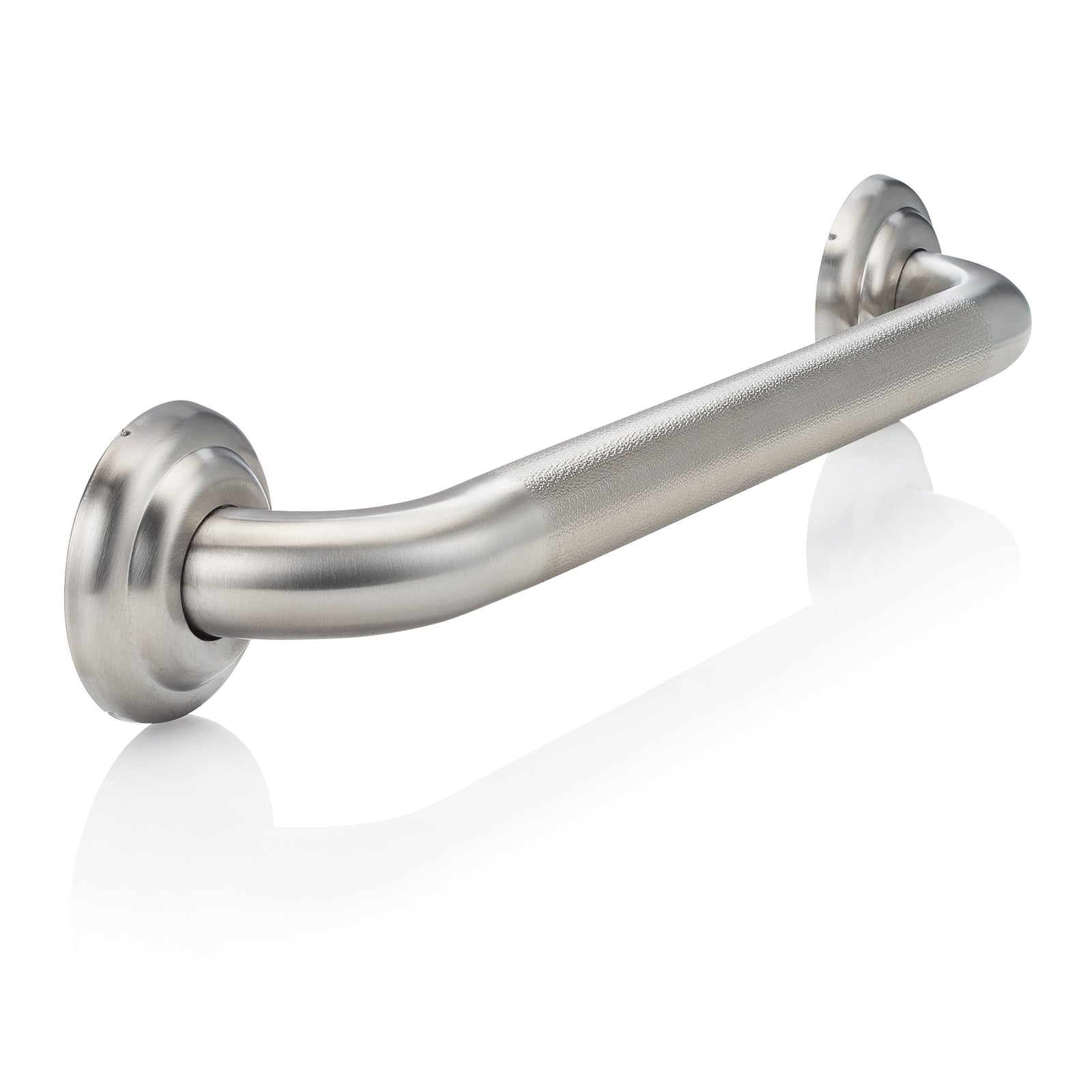
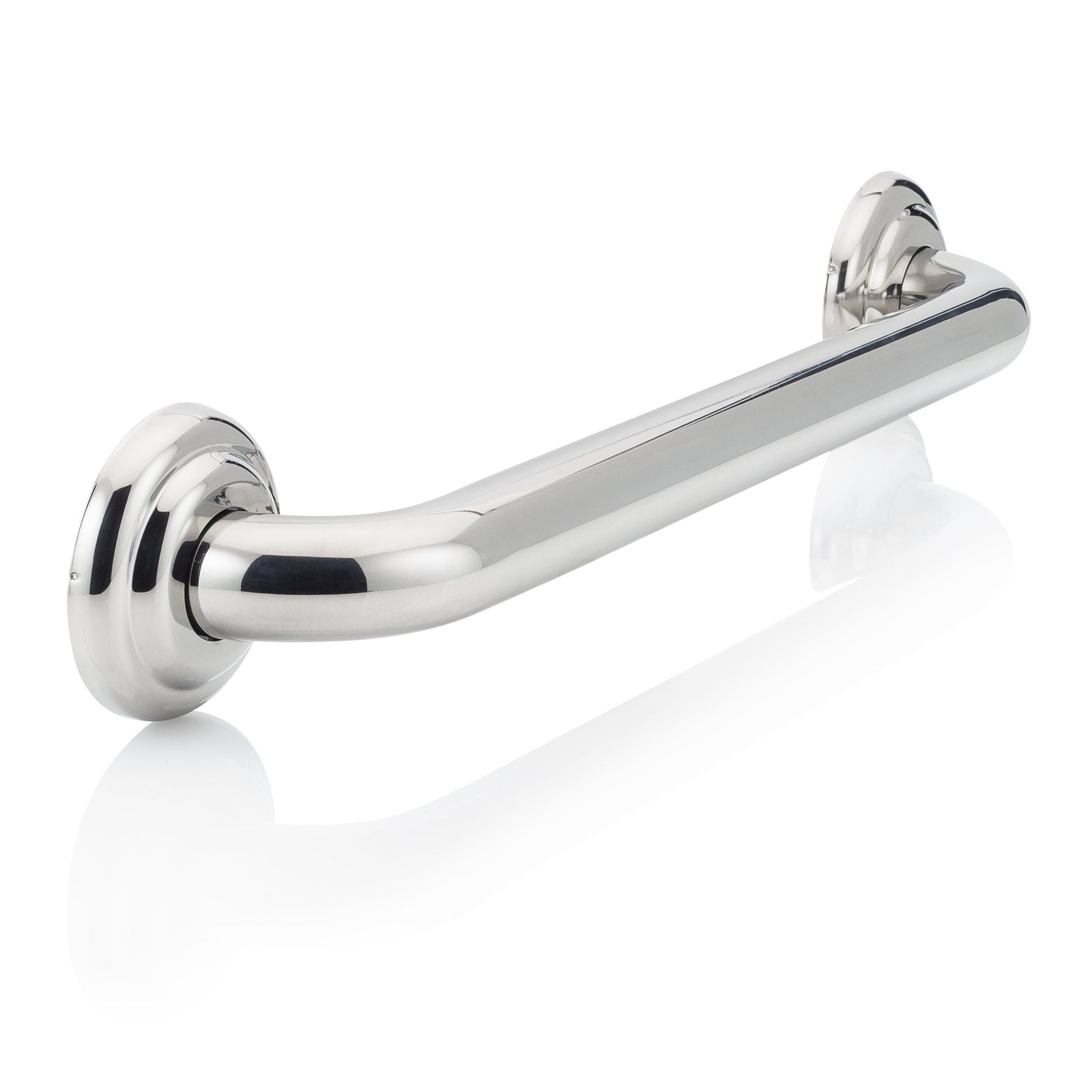
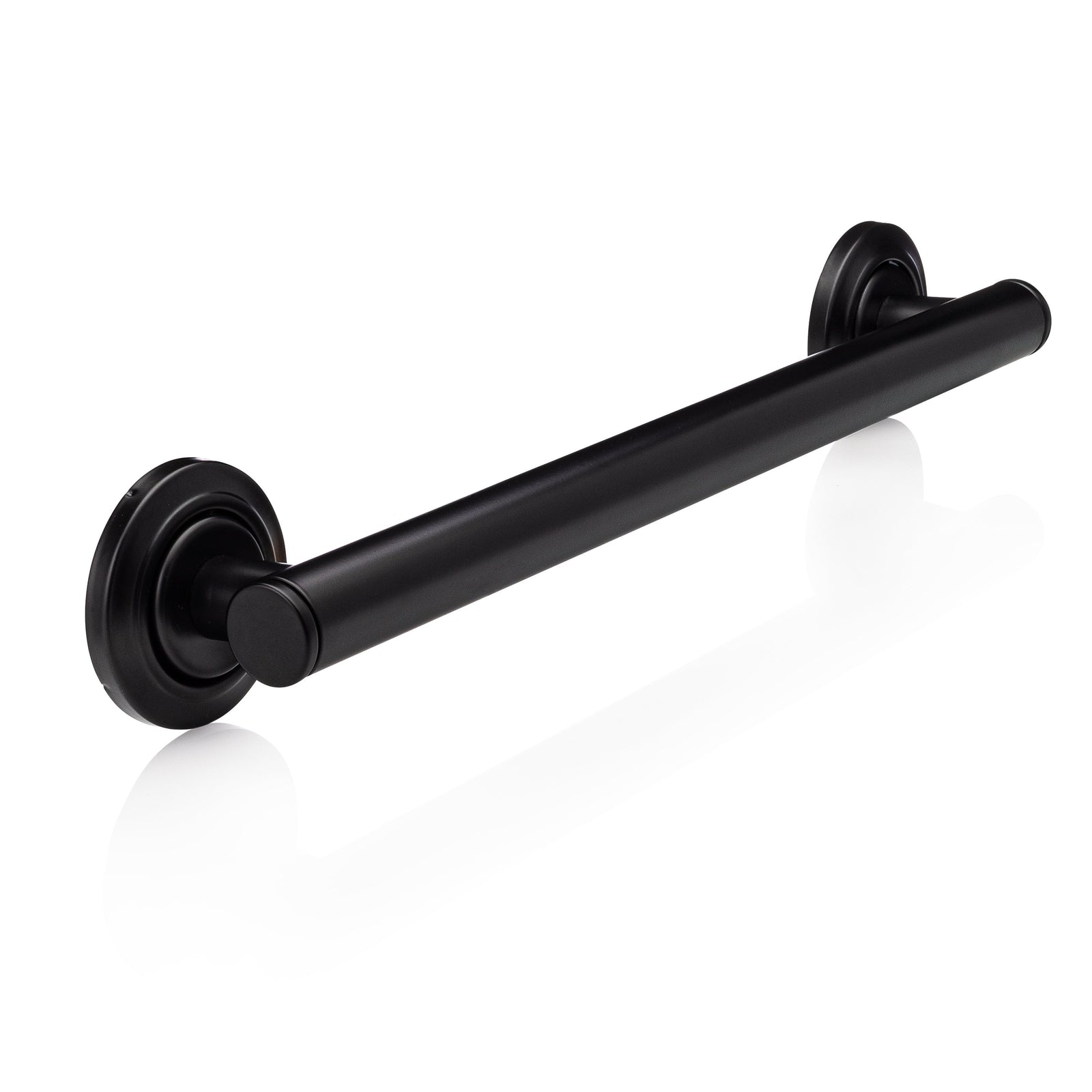
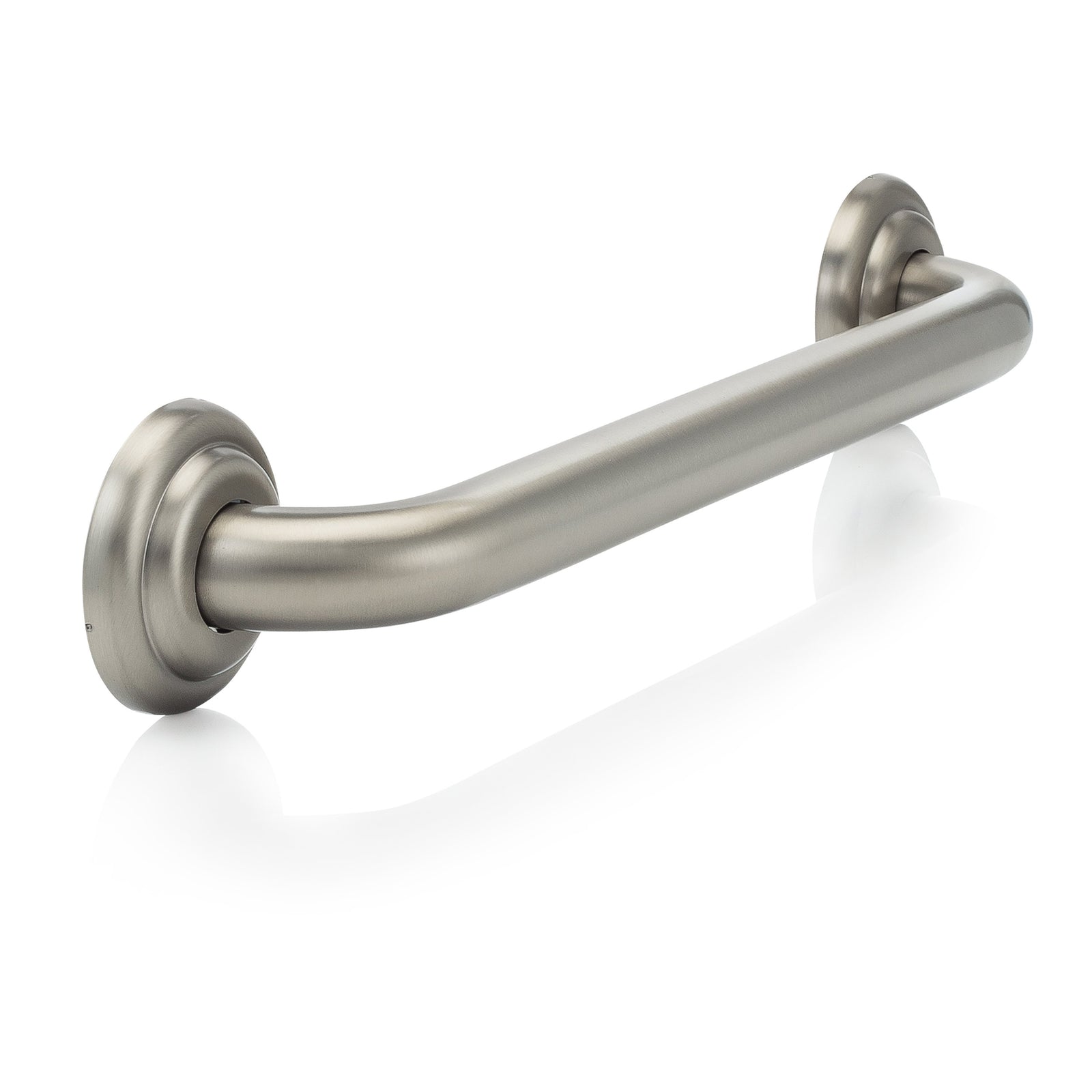
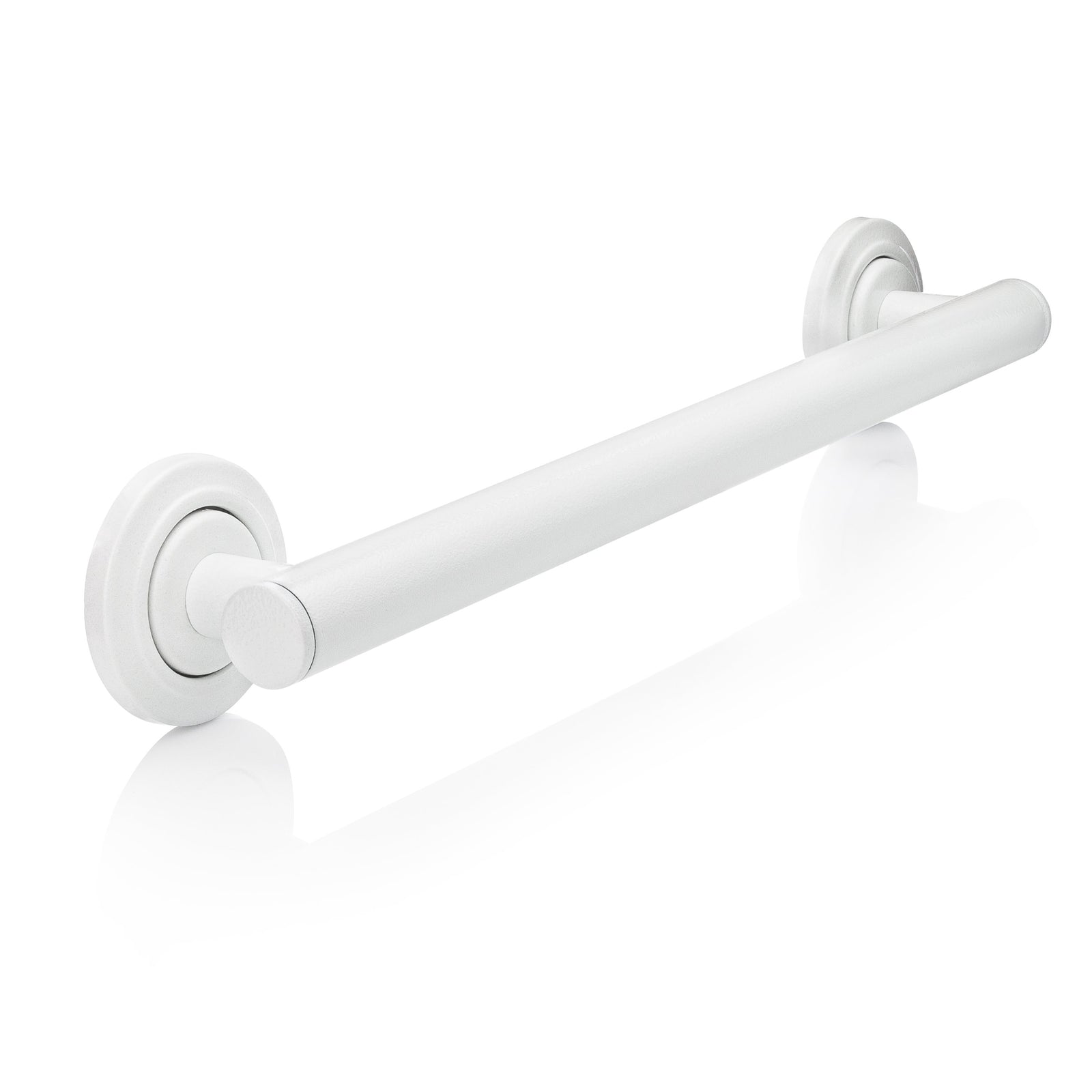
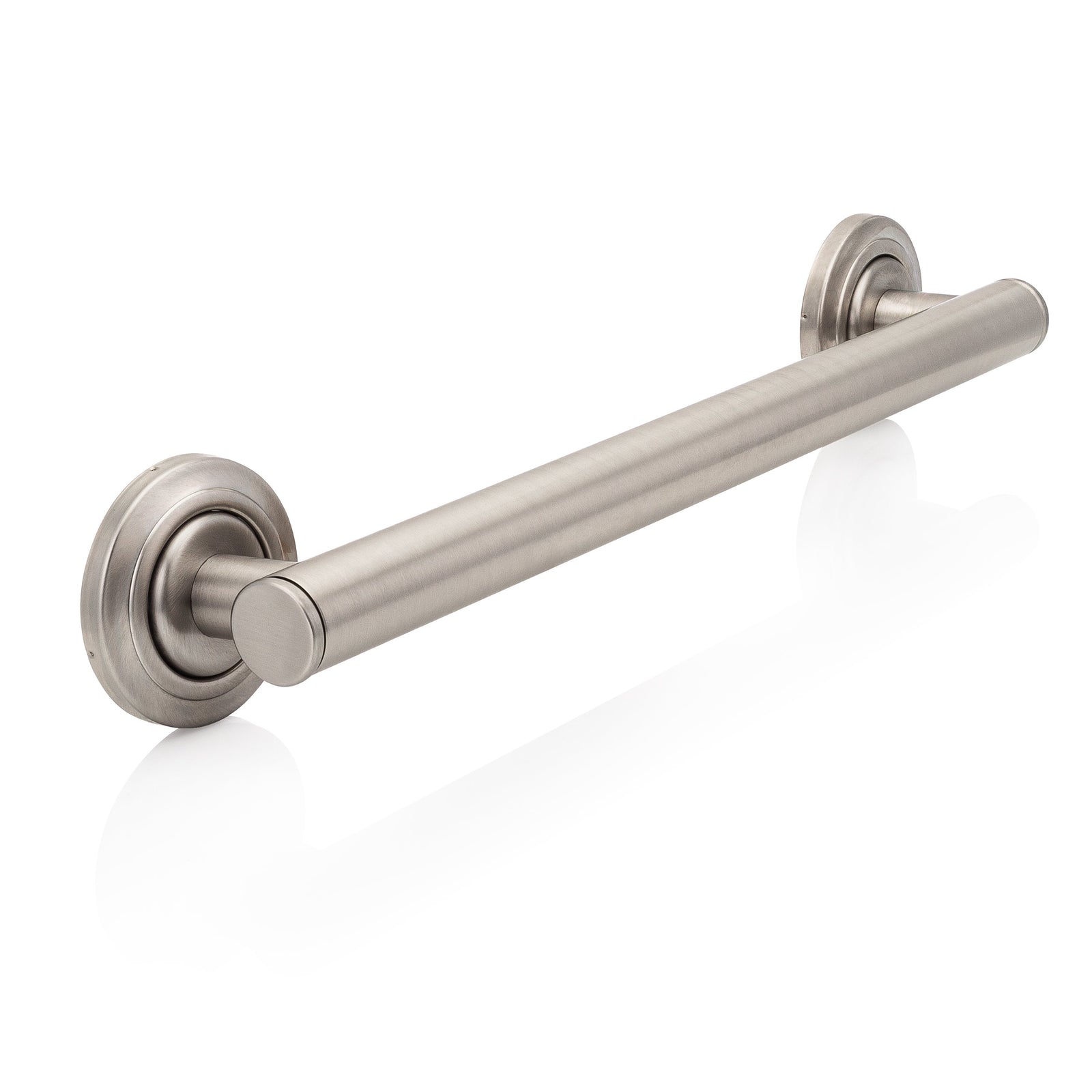
Leave a comment (all fields required)